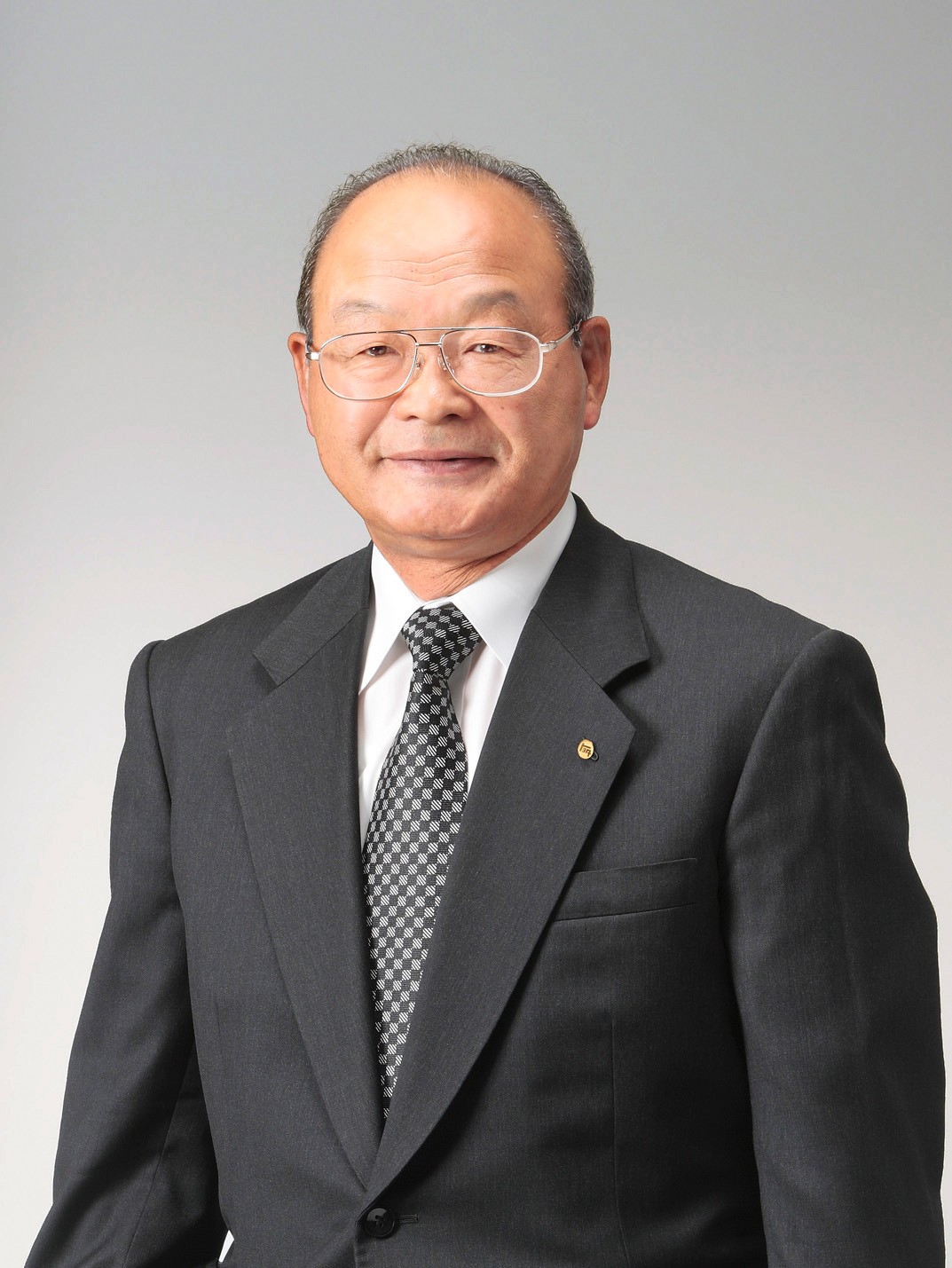Wednesday August 31 – 8.30-9.30 hrs – Aula Magna
|
|
Koei SagaManaging Officer
|
Energy management of Toyota Hybrid System
Abstract:
Toyota has marketed HV starting from Prius since 1997. Our goal is to
contribute to spreading personal mobility to all over the world,
simultaneously to provide the solution to GHG, energy resource shortage
and emission problems.
Toyota’s practical target is to introduce the power-train whose
fuel economy is extremely higher than the conventional gasoline engine
system, and its efficiency is also continued to be improved. In order
to realize our target, the reduction of energy usage is necessary by
not only improvement of each HV component such as engine, battery,
motor/generator and inverter, but innovation of control method to use
them in maximum efficiency balance. Each HV
component unit is controlled by its control system and HV system
management control can realize the best balance between system
efficiency and “fun to drive” feeling. Each control system
is developed by thorough design reviews, proper size simulators such as
SILS, HILS, and finally actual vehicle test including VRS. The results
are feed backed into improvement of each component. This process is
repeated without any compromise for the target.The experience of the
system balance control method contributes to establish more complex
system such as PHV or FC, or system control of fail-safe mode. Toyota
will continue to introduce more new HV and PHV into the market.
.
.
Koei Saga biosketch:
Koei Saga was born February 1, 1951 in Oga City, Akita
Prefecture. He earned a master’s degree in Mechanical Engineering
from the Musashi Institute of Technology in March 1977 and joined
Toyota Motor Corporation (TMC) the following month.
Mr. Saga began his career at TMC developing engines and other
drivetrain components. He led a team that developed the world’s
first mass-produced super-charger equipped engine in 1984, and in 1995
helped draft the technology scenario that resulted in the Prius. In
1997, he was transferred to the Racing Engine Development Department of
the Motorsports Division and became general manager of the department
in January 1999, the year TMC announced it would enter Formula One
racing. He became general manager of the Motorsports Division in June
2000.
In January 2001, he became general manager of the Engine Engineering
Division 2, where he supervised 4-cylinder engine development and in
January 2003, he became general manager of the New Engine Development
Division, where he was charged with developing improved gasoline and
diesel engines. He was assigned to the Hybrid Vehicle Engineering
Promotion Division in June 2004. Mr. Saga was made a managing officer
in June 2008.
Mr. Saga believes in his engineers including younger team members when
he is facing major challenges. He seeks to set clear goals and
streamline the development process, using bold hypotheses and
meticulous analysis. He is grateful for having had the opportunity to
help develop Toyota’s hybrid vehicle technology and thereby
contribute to society and the environment.
Mr. Saga enjoys motorsports, is also a Chunichi Dragon’s baseball
fan and enjoys golfing and skiing. He and his wife, Miyuki, have two
sons, the elder being a race-car driver.
